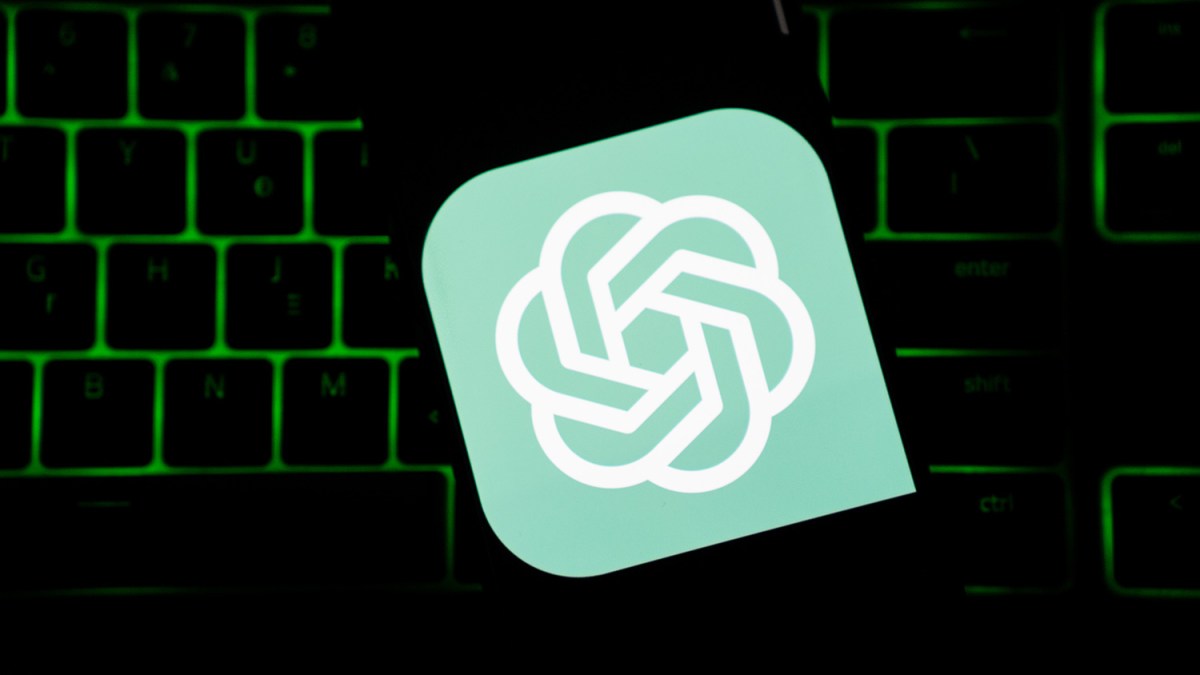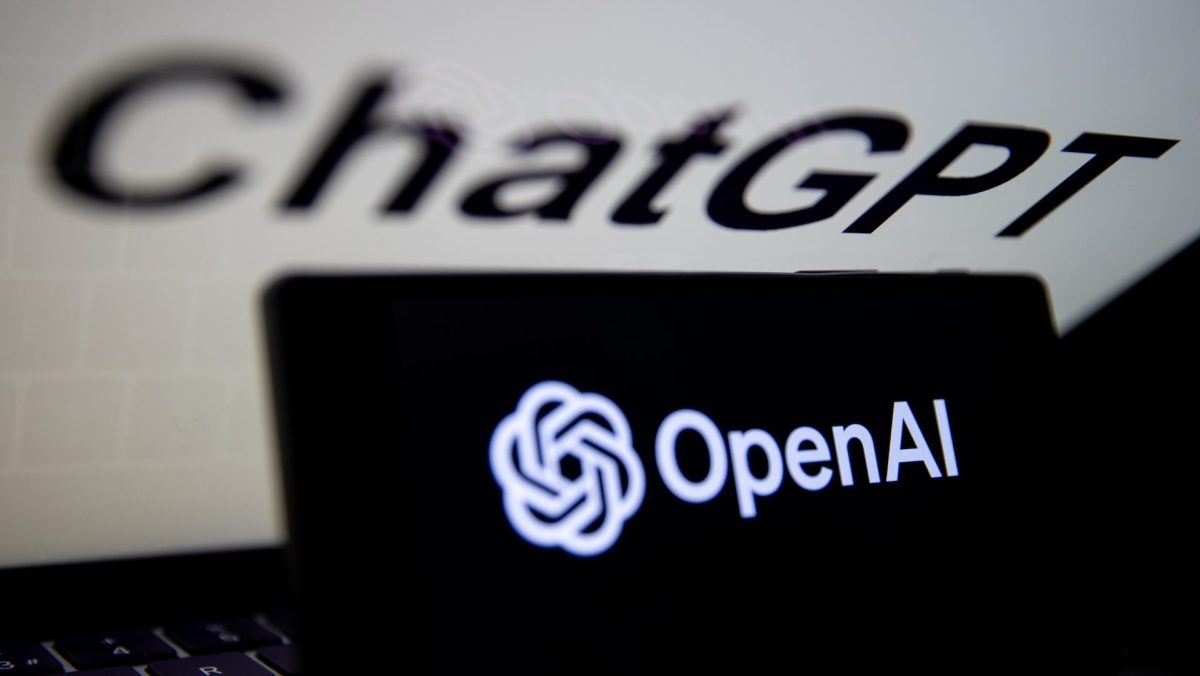Younger Gen Zers are embracing OpenAI’s AI-powered chatbot, ChatGPT, for schoolwork, according to a new survey by the Pew Research Center. But it’s not clear that they’re fully aware of the tech’s pitfalls.
In a follow-up to its 2023 poll on ChatGPT usage among young people, Pew asked ~1,400 U.S.-based teens ages 13 to 17 whether they’ve used ChatGPT for homework or other school-related assignments. Twenty-six percent said that they had, double the number two years ago.
Just over half of teens responding to the poll — 54% — said they think it’s acceptable to use ChatGPT for researching new subjects. Twenty-nine percent said the AI tool was acceptable for math problems, and 18% said using ChatGPT to write essays was acceptable.
Considering the ways ChatGPT can fall short, the results are possibly cause for alarm.
ChatGPT isn’t that great at math — and it’s not the most reliable source of facts. A recent study investigating whether leading AI can pass a doctorate-level history test found that GPT-4o, the default AI model powering ChatGPT, could only answer questions slightly more accurately than a person randomly guessing.
That same study found ChatGPT is weakest in areas, like social mobility and the geopolitics of Sub-Saharan Africa, potentially relevant to the demographics of teens who report using it the most in school. Per Pew’s poll, Black and Hispanic teens are more likely than white teens to say they’ve used ChatGPT for school-related work.
Research is unsurprisingly mixed on ChatGPT’s pedagogical impact. University of Pennsylvania researchers found that Turkish high school students with access to ChatGPT did worse on a math test than students who didn’t have access. In a separate study, researchers observed that German students using ChatGPT were able to find research materials more easily but tended to synthesize those materials less skillfully than their non-ChatGPT-using peers.
In a separate poll last year by Pew, a quarter of public K-12 teachers said using AI tools like ChatGPT in education does more harm than good. A survey by the Rand Corporation and the Center on Reinventing Public Education, meanwhile, found that just 18% of K-12 educators use AI in their classrooms.





Leave a Reply